Driven by their reproductive urge, males become less and
less tolerant of each other throughout March and April. In
early spring, males stake claims to parcels of ground that
they defend in good weather, but spring snowstorms will
send these males back into flocks. By late April or early
May, males establish permanent territories that they
defend in fair weather or foul. Hens arrive on the
breeding grounds a bit later than males and then select
their mates and nesting areas (often the same ones used
the previous year). Males usually remain monogamous within
a breeding season. By late May the first eggs are laid
under a shrub at the edge of an opening. The males stay on
their territories throughout June, although the intense
strutting, tailfanning and aerial chasing typical of the
courtship period wanes after the hens begin to incubate
their clutch for about three weeks, which averages between
six to ten eggs. Most Alaskan ptarmigan chicks hatch in
late June and early July.
Unlike other North American grouse or ptarmigan, male
willow ptarmigan usually help to care for their chicks.
Sometimes, in fact, males will take over all family
responsibilities if the hen is killed. Both adult willow
ptarmigan are vigorous in their defense of the brood. One
of the thrills in store for the Alaskan traveler is the
chance to watch the excited actions of a female ptarmigan
as she tries to distract attention from her chicks by
simulating injury or to duck the flailing wings of the male as he dives at the two-legged intruder, cackling
gutturally as he flies.
Subscribe to:
Post Comments (Atom)

.jpg)




 Alaska Time
Alaska Time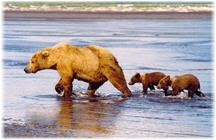








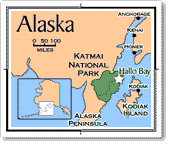

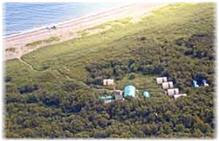


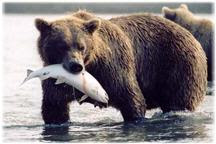
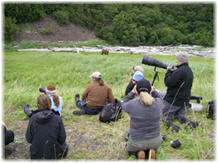




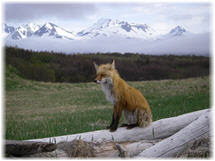


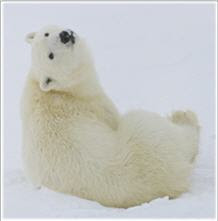













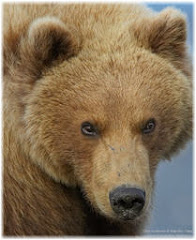




No comments:
Post a Comment